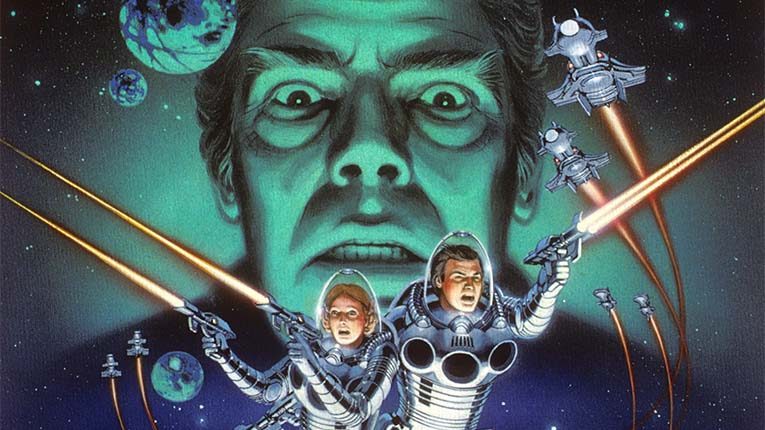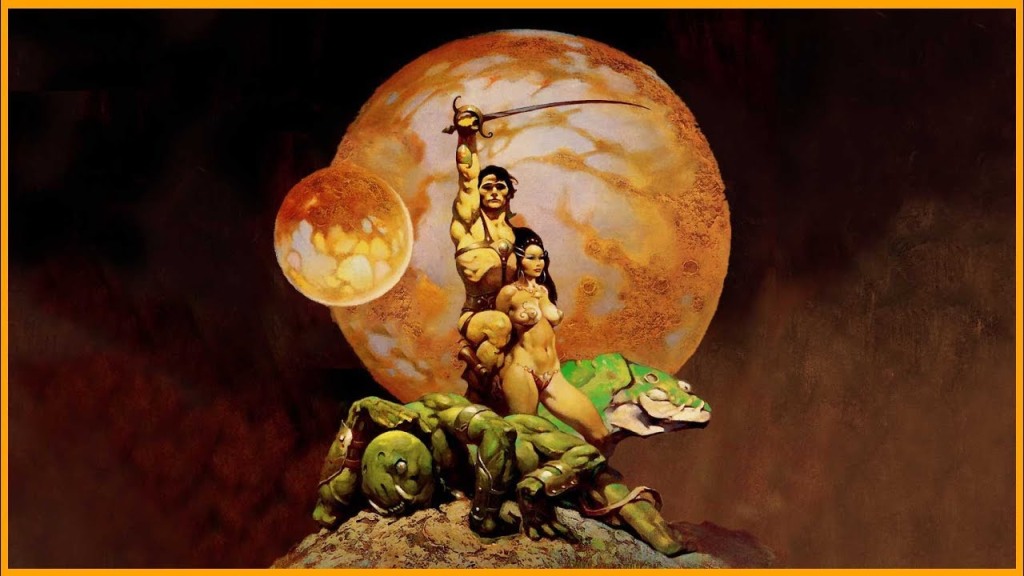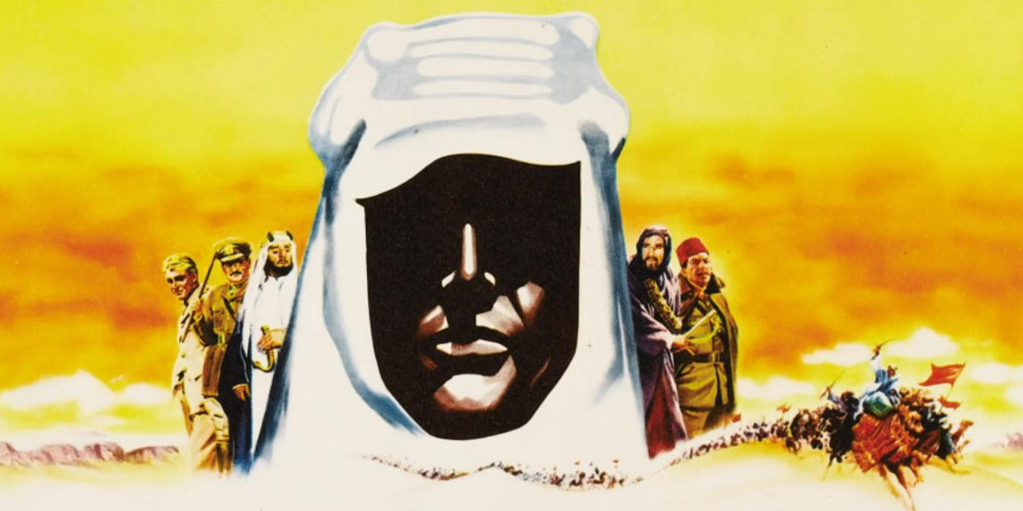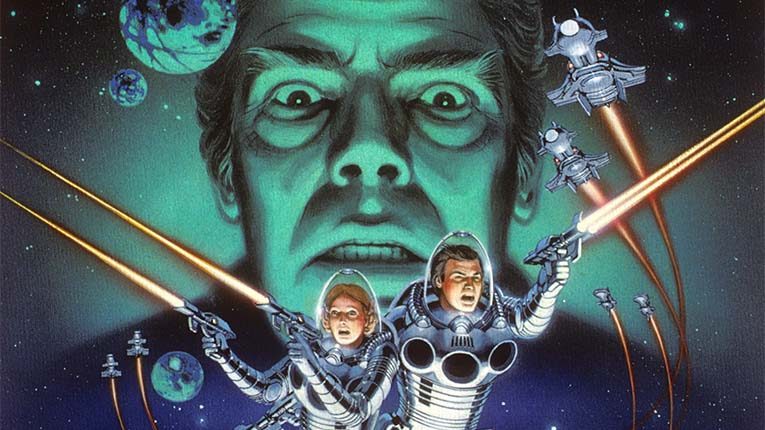Denis Villeneuve’s big-screen Dune adaptations are bonafide hits. Critical and commercial darlings, the films have fans salivating at the mouth for any updates on the still unconfirmed Dune: Part Three. We all know George Lucas’s Star Wars borrowed heavily from Dune by now, from its sandy planet, Imperial overlord, and even a valuable commodity called Spice. Frank Herbert even joked “I will try hard not to sue” over the similarities in an interview with The Associated Press.
But where did Dune author Frank Herbert find inspiration? With the help of our friend, known on TikTok as Dr. Implausible, and his Implausipod podcast, we have put together a list of books and stories that Herbert may have used as his sources of inspiration when crafting the world of Dune. Do you think any of these sound familiar?
‘Foundation’ by Isaac Asimov (1941)
Like much of Isacc Asimov’s writings, the Foundation book series is considered fundamental science fiction literature. Many may have recently experienced the beginnings of this story in the Apple TV+ series. Foundation takes place in a world of a seemingly perpetual galactic empire. It introduces the concept of “psychohistory”, a method of sociological mathematics by which a team of scientists, known as The Seldon Group, can predict the future downfall of the empire. These predictions, and the group’s desire to subvert the predicted 30,000 years of chaos that would follow, bring them into conflict with the ruling class.

The idea of a galactic empire is the first obvious point of influence that Foundation might have had on the Dune series. But beyond that, there is the idea of a secretive organization, in Dune called the Bene Gesserit, with knowledge of the future. The attempt by The Seldon Project to bend fate to its will can also be seen in the actions of The Bene Gesserit faithful.
The ‘Lensman’ series by E.E. Smith (1934)
The Lensmen series of books, by E.E. “Doc” Smith, takes place within an intergalactic struggle between two ancient and powerful alien races, The first book in the Lensmen series, titled Triplanetary, follows the human subjects of an interplanetary breeding program conducted by one of these races, the Arisians. The goal of these breeding programs is to enhance the latent psychic abilities of some species.

Echoes of the Lensmen series’s psychic breeding program can be seen in the desire of Dune‘s Bene Gesserit to achieve a similar goal, through similar means. The Arisians also use a device to detect latent psychic abilities to find candidates for that breeding program. The device, known as a “lens” can even cause physical pain when used on someone who isn’t psychically attuned to it. These details may be reflected in the “Gom Jabbar” test used by the Bene Gesserit in Dune.
‘Instrumentality of Mankind’ by Cordwainer Smith (1964)
The first of Smith’s completed novels in the Instrumentality series introduces the agrarian planet Norstrilia. Nostrilia is the only planet that can produce the drug “stroon”, which is used in humans to achieve extremely long lives, even approaching immortality. The plot follows a producer of stroon who becomes exceedingly wealthy through several unforeseen events. Wealthy enough, perhaps, to purchase a small planet called Earth.
It is easy to assume that the drug stroon in the book Nostrilia inspired the “spice” in Dune. The life-prolonging properties and scarcity are strikingly similar in both. The fact that both are harvested on a single planet from only one indigenous beast species makes an even more compelling argument for inspiration.
‘A Princess of Mars’ by Edgar Rice Burroughs (1912)
Edgar Rice Burroughs is another author with an almost universal influence on the sci-fi genre. Beginning with his novel A Princess of Mars, Burroughs told stories of adventure across the fictionalized surface and societies of the dusty red planet. Mostly following the exploits of a man named John Carter, a Civil War soldier who was transported to Mars unexpectedly. Once there Carter finds warring factions of Martian races and decides to start a revolution. Along the way, he fights Martian monsters, befriends local tribes, and falls in love with a Martian princess.

The obvious link between Edgar Rice Burroughs’ A Princess of Mars and Frank Herbert’s Dune is the story of a human arriving on an alien world and becoming a legendary liberator. The red planet itself also creates a common theme, being represented in Burroughs’ books as an arid desert planet. What might surprise even many die-hard Dune fans is that, according to Frank Herbert’s son Brian Herbert, Frank originally intended to make Mars the primary setting of his Dune books as well, but decided against it. Brian Herbert explained in an interview “Readers would have too many preconceived ideas about that planet, due to the number of stories that had been written about it.”
‘Book of the Machines’ by Samuel Butler (1872)
Most of Samuel Butler’s 1872 book Erewhon details the main character’s exploration of a newly discovered fictional country. However, one section has echoed across all genres of science fiction; The Book of the Machines. This excerpt tells the story of a long-forgotten civilization whose development of super-intelligent AI ushered in a war between humans and the machines that they had created.
Samuel Butler may have had the most direct influence on the world of Dune. His writings were among the first to theorize that technology could evolve beyond human constraints, a concept which is responsible for what the Dune series called “the Butlarian Jihad” (named directly after Samuel Butler). In the world of Dune, the Butlarian Jihad was an ancient war between humans and AI that led to the abandonment of all artificial intelligence and advanced computer systems. This war is why you will find no advanced navigational computers or AI systems in Dune, which is why the drug spice is needed to enhance human computational and navigational skills.
World History and Herbert’s Life
While this article has mainly focused on the science fiction genre, Frank Herbert did not limit himself in his inspiration. Many real-world sources made their way into the pages of Dune. The life story of T.E. Lawrence, better known as Lawrence of Arabia, can be seen in the themes of a foreigner being embedded and accepted into a desert culture. Legends of the American West, such as the story of the battle at Little Bighorn, are littered with tales of rebellion and mixing cultures. Even Herbert’s own life, his work reporting on a scientific endeavor amid the dunes of western Oregon provided the seed for the desert planet Arrakis.

As you can see, much like Star Wars, Dune can not be considered an entirely original work. Frank Herbert took inspiration from many sources, but in his defence that is the nature of literature. All writers, including those listed here, have borrowed and taken ideas from earlier works and influences. The art is in the assembly of these ideas, how they are presented, and the occasional revolutionary leap in technological thinking. Frank Herbert can be considered no worse than any author in the list above for standing on the shoulders of giants, and describing what he saw.

Ain’t nothing new under the sun. Beginning to think evolving an idea is a higher virtue than being completely original.
LikeLike
so many stories riff on other stories in some way shape or form, that in itself is nothing new; storytellers have been doing that for eons. The issue is when artists blatantly copy something and pass it off as “inspired by”. That’s why I’ll say Rebel Moon feels unoriginal to Kurosawa’s Seven Samurai, versus Dune to Foundation for example.
LikeLiked by 1 person
Absolutely! There is a blurry line, but it is a line and it can be crossed.
LikeLiked by 1 person